Welcome to the Greenhouse
Each section below links to a page about the diversity of plants in our greenhouse, and their adaptations to various biomes around the world. These are created by botany students.
Desert Plants: Storing and Protecting Water
Due to the lack of rain in the desert, many plants have adapted to be able to retain a lot of water. This enables them to survive, but they have to protect themselves in order to avoid being eaten by animals.
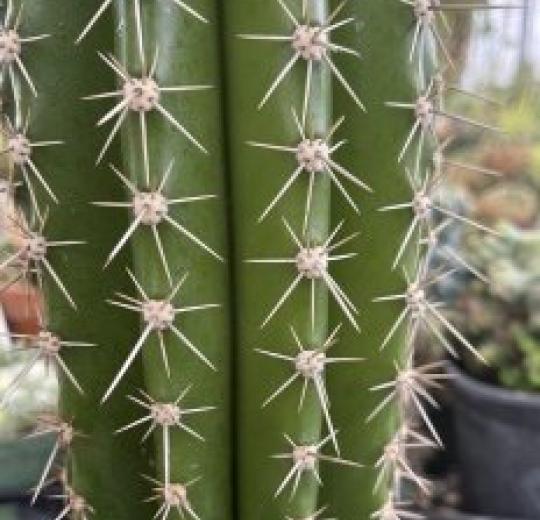
Convergent Evolution of Desert Plants from Africa and the Americas
Aloe and Agave, along with Cacti and Euphorbia are visually similar pairs of desert plant groups, but native to different continents and genetically unrelated. How does this happen and what morphological differences exist?
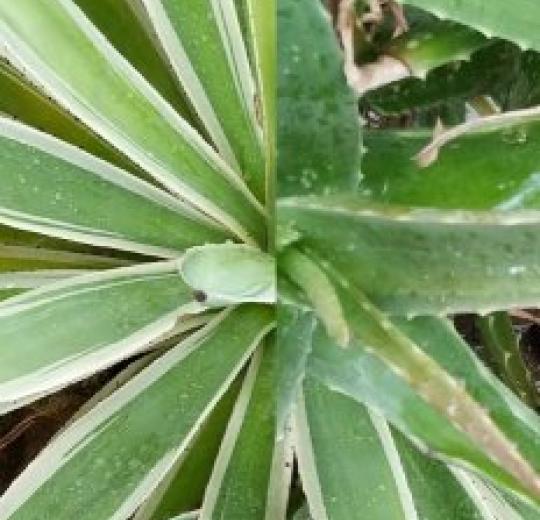
Geophytes of Seasonally Dry Habitats
Bulbs, corms, tubers, and rhizomes are storage organs that allow plants to propagate underground and store nutrients, allowing them to withstand harsh conditions.

Rainforest Understory Adaptations
Rainforest undergrowth consists of trees, shrubs, and herbaceous plants that exist under the canopy. Understory vegetation generally accounts for the largest proportion of plant diversity in a particular forest ecosystem. The canopy or upper layer can consist of up to 12 species of trees, but depending on the ecosystem, the undergrowth tends to contain many more plant species.
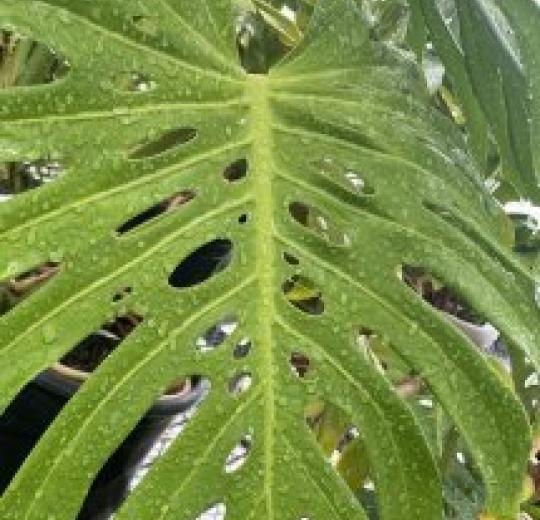
How have bromeliads adapted to different habitats using their rosette body plan?
This project includes information for 3 main types of bromeliads: terrestrial, cups, and epiphytic, along with how they have adapted to their respective environments across the world.
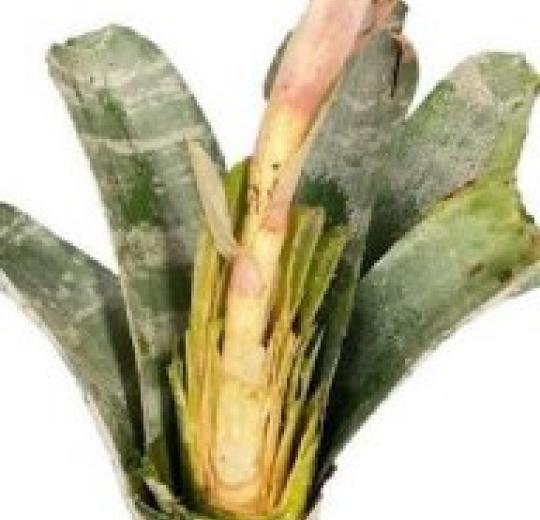
Fun with Ferns
Enter the wonderful world of ferns! Learn about ferns, their life cycle, and their many adaptations.
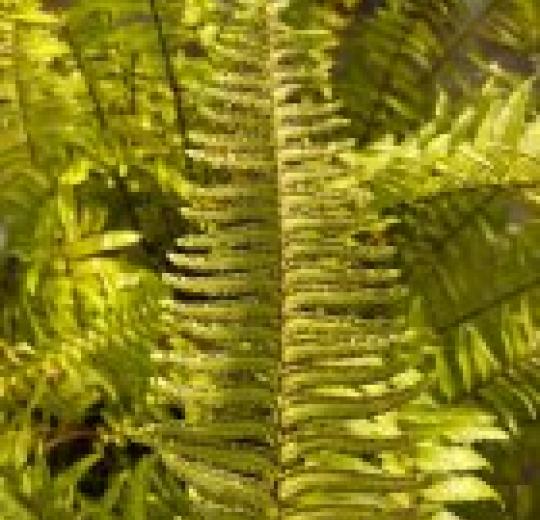
Updated: August 08, 2023